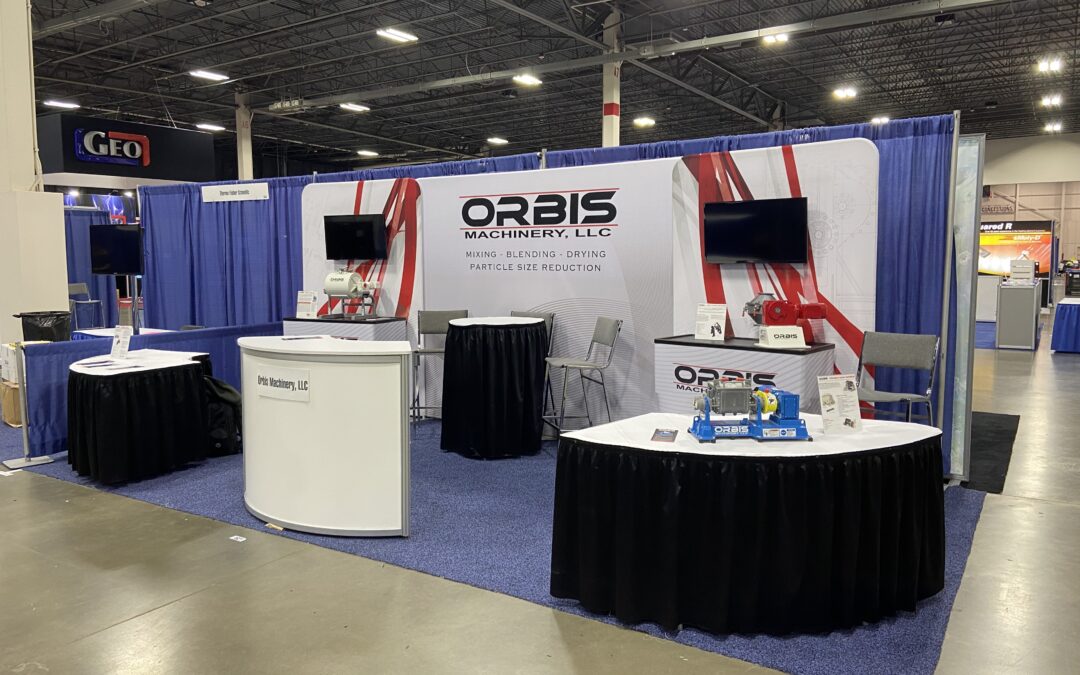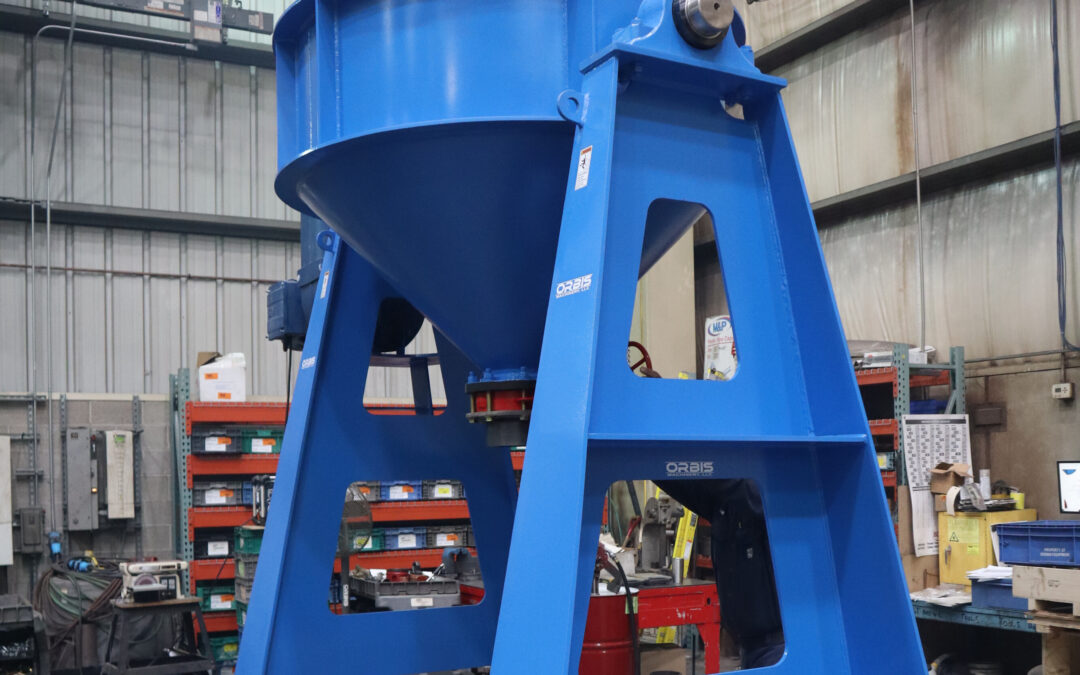COVID-19 is the biggest disruption the manufacturing sector has experienced in the 21st century. Unlike other forms of disasters that affects the infrastructure, the pandemic is targeting the human resources of businesses. This is why the study by Global Data is gaining traction on how the pandemic will fast track the usage and adoption of robotics in the manufacturing sector.
Due to the pandemic, human contact is currently at the lowest. This creates a need for robotics to make human race easier, safer and productive than ever before. With the health crisis being faced by the human race, we’ve seen an increase in the roles played by autonomous robotics in providing support for essential businesses and their workers
The Expanding Role of Robotics
Currently, robots are into floor care. However, with the role they are currently handling to limit the spread of the virus, there could be an expansion in their roles. Robotics could take on roles such as shelf analytics, inventory delivery and other redundant roles that can improve productivity of the workforce. With the emphasis on social distancing in order to maintain low human to human contact, this will hasten the adoption of robotics in mainstream industrial and retail workflows.
Long before the pandemic, robots are already replacing humans. But with the pandemic, the adoption will be quickened. To prove their worth in industrial applications, robots will take up tasks that humans are unwilling to do. In a time that cleaning stores and warehouses clean has become a necessity, retail giants are using robots to carry out the task.
Robotics will move beyond the retail industry, it will become an industrial support framework for cleaning and packing, tasks that are detested by humans. It either now or later, robots are going to replace humans and COVID-19 is serving as a catalyst.
The Fight Is Far From Over
Analysts have predicted that social distancing might be in place through out 2021. The implication of this on industries is that there will little human interaction in the manufacturing process. However, manufacturers cannot afford to close shop until a vaccine is found for the pandemic. Manufacturing has to continue and robots will be called upon to fill the widening gap in the workforce.
Since robots are able to scrub floors for Walmart and Kroger, and they are able to measure temperature and hand out sanitizers in South Korea, other industrial applications will be developed. Since the world will not wait till there is a cure until things go back to normal, we might see increased role for robots in manufacturing, retail and other sectors.
Due to the health concerns in the food business, robots might replace humans as cooks and servers in restaurants. Currently, McDonalds is already carrying out test on how robots can function as cooks and servers across their retail chain.
Just like McDonald and Walmart, retail giant Amazon has witnessed a surge in sales that it had to bring robots for sorting, packing and shipping of their merchandise. There’s quite a lot of reasons why robots may be taking jobs from human sooner than expected. One of such reason is the cost of maintenance, the cost is far cheaper than what would ordinarily cost businesses to maintain a strong and productive workforce. Even though robots are expensive to create, one the research and design process is over, the cost of adoption is lower.
Humans Will Have to Compete With Artificial Intelligence and Robotics
While there are roles that will require beyond robotics, the gap is expected to be filled by AI in the future. The future might be closer than imagined. For instance, the pandemic has led to the closure of schools, gyms and businesses. However, AI is expanding into how it can bridge the gap left void by teachers, yoga instructors, fitness trainers, finance advisers, and several other roles in the service industry.
For instance, Facebook and Google are relying on AI than human moderators to moderate. This brings us closer to the prediction by McKinsey that a third of the labor force in the United States is likely to be replaced by AI and Robotics by 2030. While this is still a decade away, McKinsey didn’t consider an outbreak of a pandemic which has brought us closer to the era of AI and Robotics than ever before.



